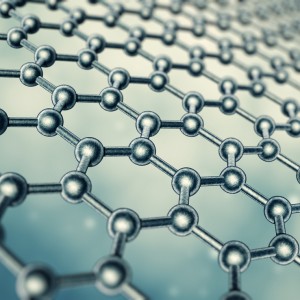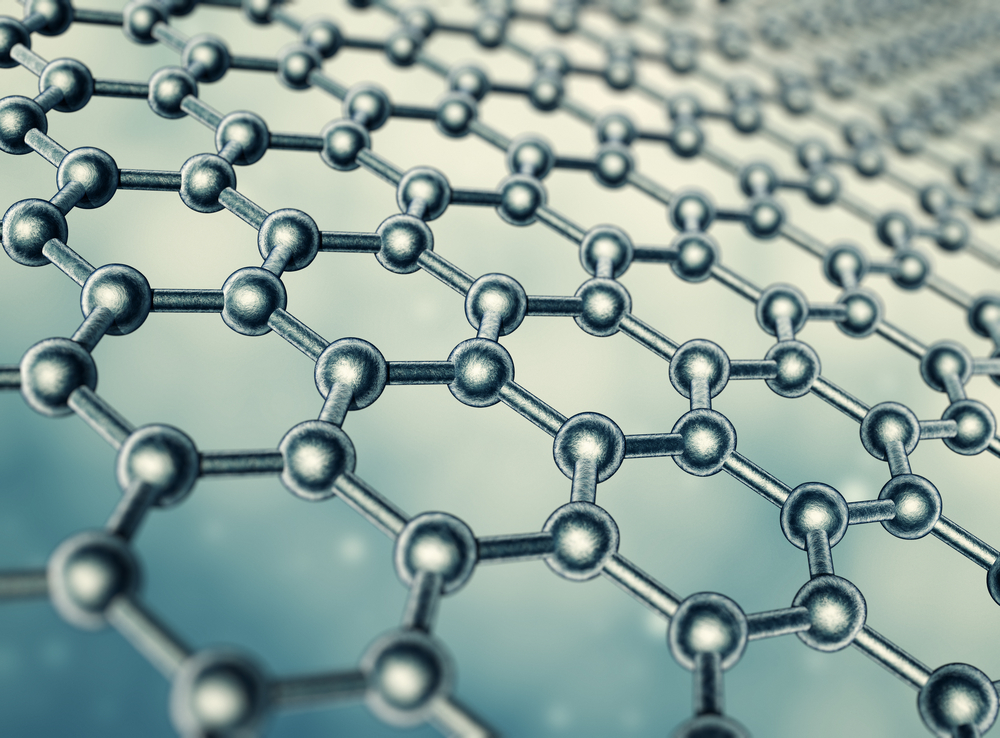 In a new study entitled “Graphene oxide selectively targets cancer stem cells, across multiple tumor types: Implications for non-toxic cancer treatment, via “differentiation-based nano-therapy” researchers showed that graphene oxide, a nanomaterial, specifically targets lung cancer stem cells (as well as stem cells from other cancers) and inhibits their proliferation, while leaving healthy cells untouched. The study was published in the advanced online edition of the journal Oncotarget.
In a new study entitled “Graphene oxide selectively targets cancer stem cells, across multiple tumor types: Implications for non-toxic cancer treatment, via “differentiation-based nano-therapy” researchers showed that graphene oxide, a nanomaterial, specifically targets lung cancer stem cells (as well as stem cells from other cancers) and inhibits their proliferation, while leaving healthy cells untouched. The study was published in the advanced online edition of the journal Oncotarget.
Cancer stem cells are hypothesized as the underlying cause of tumor recurrence, metastasis and drug-resistance. This is due to their resistance to standard treatments, such as chemotherapy and radiation, repopulating tumors with cancer cells. The need for therapies that specifically target cancer stem cells is critical.
In this study, a research team from The University of Manchester in the UK investigated the therapeutic potential of graphene oxide in targeting cancer stem cells. Graphene is a thin, single layer of pure carbon and only one atom thick, making it the lightest but also the strongest nano material on earth. Researchers used a modified version of graphene — graphene oxide — due to its efficacy in drug delivery, and applied the nano material in treating lung cancer stem cells as well as cells from breast, ovarian, prostate, pancreas and brain (glioblastoma) cancers.
The team tested the impact of graphene oxide in the clonal expansion of all the tumor cancer stem cells, observing that it could inhibit tumor-sphere formation. Notably, they found that graphene oxide’s toxic effect was specific for cancer stem cells, leaving other cells unharmed, as well as healthy fibroblasts. Importantly, the team discovered the mechanisms behind graphene oxide targeting action: it can disrupt several signaling pathways required for cancer stem cell maintenance, such as WNT, Notch and STAT-signaling pathways.
The authors suggest that graphene oxide is a promising non-toxic therapeutic for targeting multiple cancer stem cells and increasing the efficacy of cancer treatments when combined with standard therapeutics.
Study author Dr. Federica Sotgia noted in a press release, “These findings show that graphene oxide could possibly be applied as a lavage or rinse during surgery to clear CSCs or as a drug targeted at CSCs. Our results also show that graphene oxide is not toxic to healthy cells, which suggests that this treatment is likely to have fewer side-effects if used as an anti-cancer therapy.”


